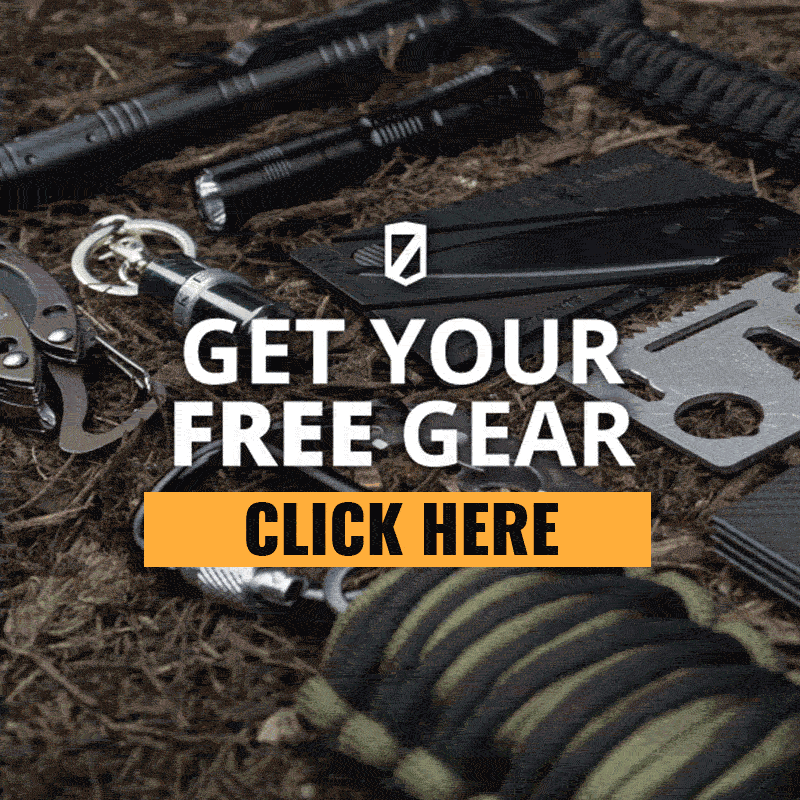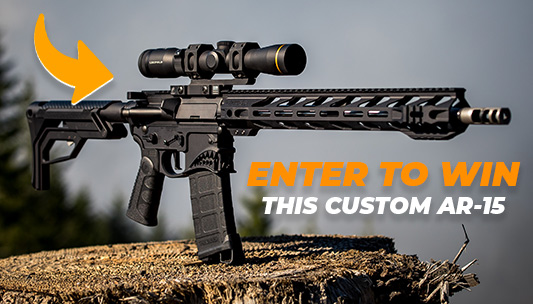Gun Safety
Customizing the NSSF Top Ten Gun Safety Rules: Part 1
Published
2 years agoon

The folks over at the National Sports Shooting Foundation offer a list of gun safety rules which is their “10 Rules of Safe Gun Handling.” None of these should be foreign to you, but they bear careful study.
Gun Safety Rules of NSSF: Modified To Fit CCW People
Since they’re an organization that focuses primarily on hunting, and safe rifle and shot gun use in the field, let’s modify their rules to fit the CCW carrier and pistol or revolver owner. I’ll cover first five rules in Part 1 and the remaining five in Part 2.
1. Always keep the muzzle pointed in a safe direction.

At the range, this rule is clear: point your barrel down range and never sweep it across anybody. When hunters point their rifles and shot guns into the air or toward the ground, the consequences of a negligent discharge are less serious when fired into the dirt or sky (unless you’re standing under the bullets or pellets when they come down).
But in the streets, a bullet fired on the concrete can cause a ricochet that travels a few inches across the surface and can hit someone or something 100 feet away. We’ve seen stories where bullets fired negligently into the sky on New Year’s Eve or July 4th came down and killed people. Barrel discipline is important; keeping your finger completely off the trigger until you’re ready to fire is critically important.
Google some YouTube negligent shooting videos on a human physiological concept known as “interlimb interaction” or the “sympathetic squeeze.” This muscle contraction happens when people have their fingers on their triggers and get startled, bumped, or lose their balance. The result is a bullet gets fired, which is completely their fault. Keep your finger off the trigger and outside the trigger guard until you’re ready to fire.
2. Firearms should be unloaded when not in use.
Again, this rule applies differently for hunters than for CCW people. I’ve seen variations of this rule for some pistol carriers, who carry their guns with a magazine in the gun but no round in the chamber. I’ve heard the same from some revolver carriers (even old cops, back in the day) who set the cylinder cycle to fall an empty chamber on the first trigger pull.
Their thinking has two paths: this approach absolutely prevents a negligent discharge, and under stress, when confronted with an attacker, they will activate the slide, get a round in the chamber, (or first dry fire an “empty round” with their revolver) and be ready to fire.
My philosophy is this way of carrying a “sort of” loaded gun is a recipe for disaster. Under stress, we revert to how we have been trained. If you’ve not practiced pulling your slide to feed that round (or dry firing your revolver, which just seems foolish), when confronted with an attack, the last sound you hear before you get stabbed, struck, or shot is the click of your striker or hammer on nothing. Always keep your gun in a ready-to-fire condition, so there is no doubt as to if it will work as it needs to.
3. Don’t rely on your gun’s “safety.”
This is good advice. Gun safeties are like police handcuffs; a temporary thing to keep danger at bay, not something to bet your life on. If some of your pistols have safeties, or like my Ruger, a de-cocking lever, and some don’t have anything, it can be hard to remember which is which, even at the range.
People who fire a round negligently often use the “But I thought the safety was on!” as their defense, which is another way of saying, “I didn’t check my gun and don’t know how to operate it safely.” This speaks to the idea that as fun as it is to fire all of your pistols and revolvers at the range, keep your everyday carry gun the same, so you know how it works.
Another concern is related to #2 above: safety on or off when carrying your gun? I vote safety off, unless you have practiced thousands of times, flipping your safety off at the range, as you draw from the holster. Like feeling your gun’s striker or hammer falling on nothingness, squeezing the trigger when the safety is on and should be off, is not what you will ever want. It all comes down to training and awareness.
4. Be sure of your target and what’s behind it.

Just like hunters should never fire blindly into the brush when they hear what they think is the rustle of game, you should not shoot at any target you cannot see clearly, hit accurately, or fire toward any target or attacker without considering what is behind it.
If you fire at an attacker who is in front of a chain-link fence at a schoolyard, and your bullet goes through, or worse, past him without hitting him, you will be responsible if it strikes a kid. This is not to say you should be tentative, hesitant, or fearful about defending yourself. You just need to keep the backstop in mind, even under a life-threatening attack. This is especially true in low-light, night, or bad weather shooting situations, where the background conditions are more challenging.
5. Use correct ammunition.
I’ve written about this previously. Keeping your guns and proper ammo together does more than just protect your gun from damage or injury to you or others; it’s a tactical safety issue as well.
The NSSF rule on this has much to do with putting the wrong-sized rounds into rifles or shot guns, which can cause damage or injuries when they explode and bend or rupture the barrels. Just like where your bullets go is up to you, what type of bullets you put into your gun is also your responsibility. Stick to trusted manufacturers and use factory-made rounds, unless you’re absolutely certain that the reloads you’re using are of high quality.
Look at every bullet as you load your mags or speed loaders. Don’t use ammo that has become overly wet or soaked in gun oil. Keep the primers safe from damage and don’t use rounds that you’ve dropped on concrete or stepped on. Guns are expensive and ammo is cheap, but the cheap can ruin the expensive.
The National Shooting Sports Foundation gives an introduction to range safety and etiquette:
Do you have any comments on my customizing the NSSF first five gun safety rules too fit the CCW carrier and pistol or revolver owner? Please do add them below and let us know what you think!
Here are the ten commandments on rifle and gun safety that you might want to learn about!
Follow us on Facebook, Instagram, Twitter, and Pinterest!
Contact Steve at DrSteveAlbrecht.com
Originally posted on July 14, 2017 @ 3:00 AM
You may like


Veterans Day Special: Top Military-Inspired Firearms for Civilians

Top Cold-Weather Concealed Carry Gear for Winter 2024

Ruger American Rifle Gen II: Affordable Precision Meets Performance

Tipped Bullets: Everything You Need to Know About Them!

Ammunition Vending Machines: The Controversial Rise Grocery Stores

Minnesota Gun Safety Laws: Balancing Rights and Public Safety



